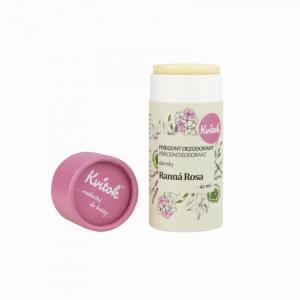Lavender (Lavandula angustifolia)
Other names: Lavender narrow-leaved, Lavender spikenard, Lavandula officinalis
Harm score: 1 (Natural substances)
Lavender, also known as narrow-leaved lavender, spiked lavender, spikanard, or Lavandula officinalis, is a popular plant with characteristic grey-green leaves and striking blue flowers. It is native to the western Mediterranean region and is classified as a semi-shrub in the deaf-horn family. It has been highly valued for its fragrance and medicinal properties since antiquity. Today it is widely cultivated around the world, not only for its beauty but also for its wide range of uses.
Lavender essential oil is used in perfumery, cosmetics and aromatherapy. It is known for its soothing and antiseptic properties. Lavender oil is often added to creams, body lotions and other cosmetic products for its ability to soothe irritated skin and enhance skin regeneration. In aromatherapy, lavender is used for its relaxing and anxiety-suppressing properties. In addition, lavender flowers are used in gastronomy, specifically in Provençal cuisine, where they are used to flavour various dishes and drinks. Lavender tea is popular for its delicate subtly bitter and freshly spicy taste. Lavender flowers are also an ingredient in some types of honey. Furthermore, lavender is used in the home - the dry flowers in sachets serve as a natural moth repellent and are also able to scent linens and bedding.
Lavender (Lavandula angustifolia) can be found in the following products
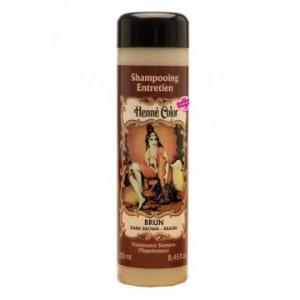
Shampoo 250ml Chestnut
Product detail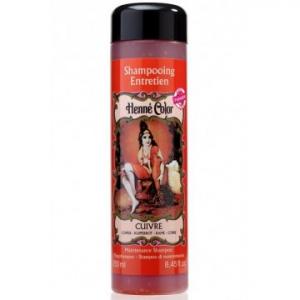
Shampoo 250ml Copper
Product detail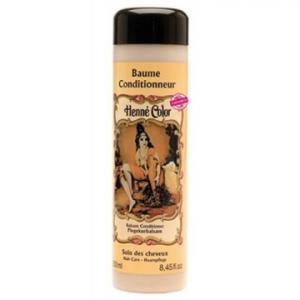
Conditioner 250ml
Product detail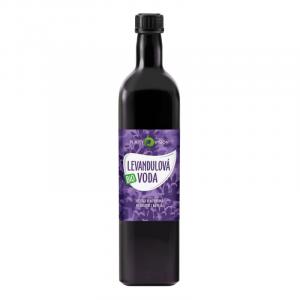
Organic Lavender Water 1 l
Product detail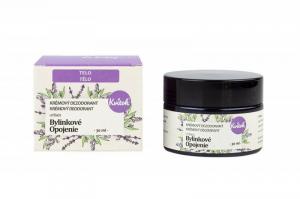
Gentle cream deodorant Herbal intoxication (30 ml) - suitable for women and men
Product detail